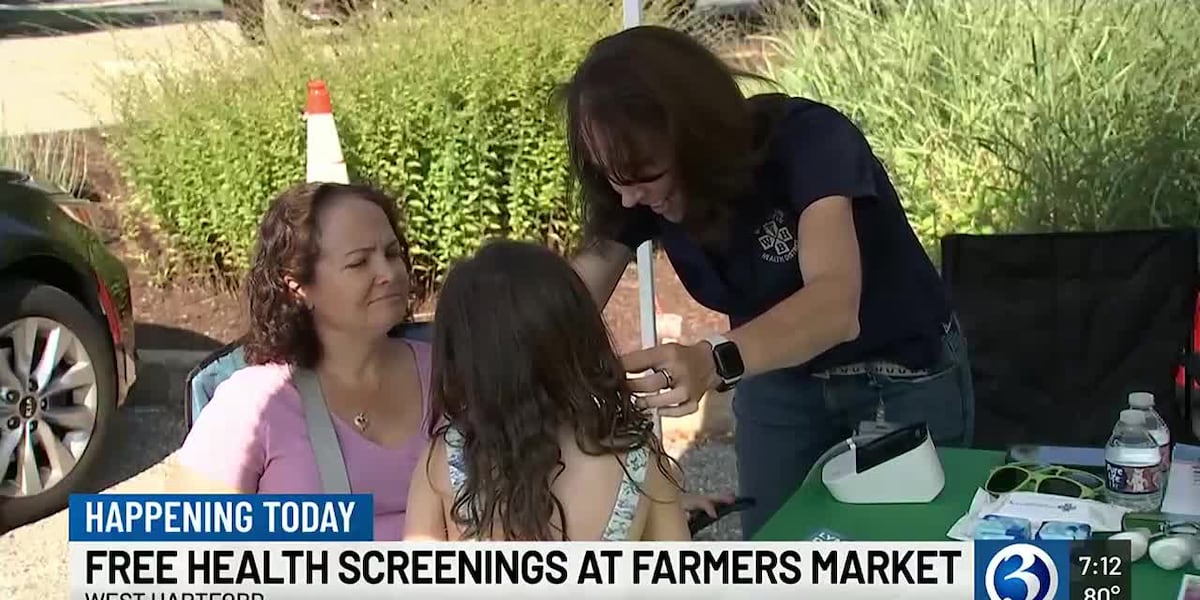Rural New York Faces Critical Healthcare Shortage as Funding Uncertainty Looms

New York's rural communities are grappling with a deepening healthcare crisis, exacerbated by uncertainty surrounding federal funding. A recent audit, released on August 7th by State Comptroller Thomas DiNapoli, paints a stark picture: 16 rural counties across the state are facing severe shortages of essential medical professionals. This includes primary care physicians, pediatricians, obstetrician-gynecologists (OB-GYNs), dentists, and crucial mental health specialists.
The audit highlights a worrying trend. These shortages aren't new, but the potential loss of federal funding—specifically, programs that support rural healthcare initiatives—threatens to worsen the situation dramatically. These programs are often lifelines for smaller hospitals and clinics struggling to stay afloat, and they provide vital resources for attracting and retaining healthcare workers in underserved areas.
The Scope of the Problem: A County-by-County Breakdown
The 16 counties identified in the audit are predominantly located in upstate New York and include:
- Allegany
- Cattaraugus
- Chautauqua
- Chenango
- Columbia
- Cortland
- Delaware
- Dutchess
- Franklin
- Greene
- Montgomery
- Otsego
- Schoharie
- Sullivan
- Tioga
- Ulster
The lack of healthcare providers isn't just an inconvenience; it has tangible, negative consequences for residents. Longer wait times for appointments, limited access to preventative care, and increased reliance on emergency rooms for routine medical needs are all contributing to poorer health outcomes and higher healthcare costs in the long run.
Why is this Happening? Contributing Factors to the Shortage
Several factors contribute to this critical shortage. These include:
- Limited Reimbursement Rates: Rural healthcare providers often receive lower reimbursement rates from insurance companies compared to their urban counterparts, making it financially challenging to attract and retain qualified staff.
- Professional Isolation: Working in a rural area can be professionally isolating for some doctors and specialists. The lack of opportunities for collaboration and continuing education can be a deterrent.
- Lifestyle Considerations: Many healthcare professionals prefer the amenities and cultural opportunities offered by urban areas.
- Aging Population: The aging population in rural New York is increasing the demand for healthcare services, further straining the already limited resources.
The Potential Impact of Funding Cuts
The audit warns that cuts to federal funding could force rural hospitals to reduce services, close down entirely, or further limit access to care. This would disproportionately impact vulnerable populations, including the elderly, low-income families, and those with chronic health conditions.
What's Next? Potential Solutions and Calls to Action
Addressing this crisis requires a multi-faceted approach. Potential solutions include:
- Advocating for Continued Federal Funding: New York's state and federal representatives must prioritize the preservation of funding for rural healthcare programs.
- Incentivizing Rural Practice: State and local governments can offer financial incentives, such as loan repayment programs and tax breaks, to attract healthcare professionals to rural areas.
- Expanding Telehealth Services: Telehealth can help bridge the gap in access to care by allowing patients to consult with specialists remotely.
- Supporting Rural Hospitals: Providing financial and operational support to rural hospitals is essential to ensure they can continue to provide vital services.
The healthcare crisis in rural New York demands immediate attention. Failure to act will have severe consequences for the health and well-being of countless residents. The state must work collaboratively with federal partners and local communities to find sustainable solutions and ensure that everyone, regardless of where they live, has access to quality healthcare.





